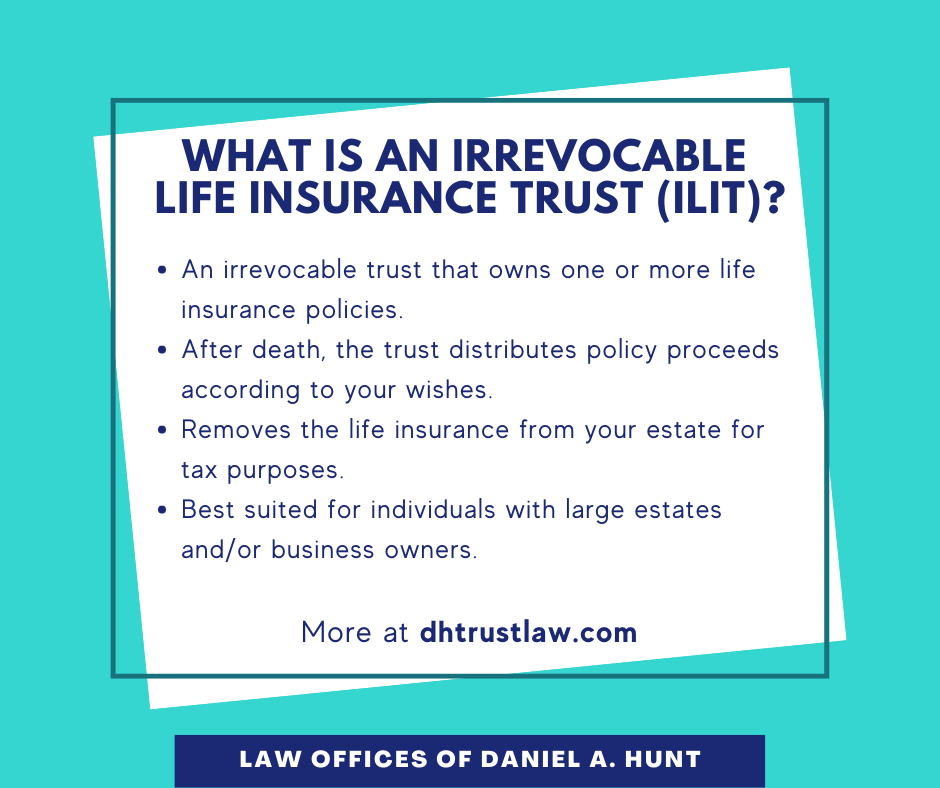Some Known Facts About Pacific Prime.
Some Known Facts About Pacific Prime.
Blog Article
The Ultimate Guide To Pacific Prime
Table of ContentsThe Greatest Guide To Pacific PrimePacific Prime Can Be Fun For AnyoneThe 9-Minute Rule for Pacific PrimeLittle Known Questions About Pacific Prime.
In most states, the insurance firm is required to send you a copy of the modifications to your policy. It is very important that you check out Endorsements or Riders so you understand just how your plan has changed and if the plan is still ample to meet your demands. To get a duplicate of your insurance plan, please call your insurance agent or company.
The Institute of Medicine (IOM) Board on the Effects of Uninsurance launches an extended evaluation of evidence that addresses the relevance of medical insurance coverage with the publication of this record. Insurance coverage Matters is the first in a collection of six reports that will be issued over the next two years documenting the reality and consequences of having an estimated 40 million people in the United States without medical insurance protection.

Getting My Pacific Prime To Work
The goal of this collection of studies is to refocus plan attention on a historical problem. Complying with the lengthiest financial development in American history, in 1999, an estimated one out of every six Americans32 million adults under the age of 65 and more than 10 million childrenremains uninsured (Mills, 2000).

Ten percent of the populace accounts for 70 percent of health and wellness treatment expenses, a connection that has stayed consistent over the past three decades (Berk and Monheit, 2001) - international travel insurance. Hence wellness insurance continues to serve the function of spreading risk even as it increasingly finances routine treatment. From the viewpoint of health care suppliers, insurance policy carried by their clients assists safeguard an income stream, and neighborhoods take advantage of monetarily practical and secure healthcare practitioners and institutions
Government provides medical insurance to populaces whom the private market may not serve effectively, such as disabled and senior citizens, and populations whose access to healthcare is socially valued, such as youngsters and expectant females. The ultimate ends of medical insurance protection for the individual and communities, including workplace communities of workers and employers, are enhanced health and wellness outcomes and lifestyle.
Rumored Buzz on Pacific Prime
Workers rank health insurance policy initially without a doubt in value among all the benefits provided in the office (Salisbury, 2001). Although there have actually been large investments of individual and public funds to give medical insurance, lots of people still have no protection. Despite considerable reporting of survey findings and health and wellness treatment study results, the public stays overwhelmed and mistaken about Americans without medical insurance and the effects of doing not have coverage.

Without inquiry, the intricacy of American healthcare funding devices and the wide range of sources of information add to the general public's complication and uncertainty concerning medical insurance stats and their analysis. This record and those that will follow goal to boil down and provide in conveniently understandable terms the considerable research that births on questions of medical insurance coverage and its relevance.
Fifty-seven percent of Americans surveyed in 1999 thought that those without wellness insurance coverage are "able to obtain the treatment they need from physicians and medical facilities" (Blendon et al., 1999, p. 207). In 1993, when nationwide interest was concentrated on the troubles of the uninsured and on pending health and wellness care regulation, simply 43 percent of those questioned held this idea (Blendon et al., 1999).

They additionally get fewer preventive solutions and are less likely to have normal look after chronic problems such as high blood pressure and diabetes mellitus. Persistent conditions can cause costly and disabling issues if they are not well handled (Lurie et al., 1984; Lurie et al., 1986; Ayanian et al., 2000). One national survey asked more than 3,400 grownups about 15 very significant or dark conditions.
The Best Guide To Pacific Prime
Additional evidence exists later in this chapter in the conversation of insurance coverage and accessibility to health care. https://pacificpr1me.carrd.co/. Individuals without health and wellness insurance are young and healthy and pick to go without protection. Virtually half (43 percent) of those surveyed in 2000 thought that people without wellness insurance coverage are more probable to have health troubles than people with insurance coverage
Citizens and policy manufacturers in focus group discussions identify those without insurance policy as young people that have the opportunity to be covered and feel they do not need it (Doorperson Novelli, 2001). Compared to those with a minimum of some private protection, the without insurance are less likely to report being in superb or great wellness (Agency for Healthcare Research Study and Quality, 2001).
RESOURCE: Center for Cost and Financing Researches, Firm for Healthcare Research Study and High quality, based upon MEPS information. Young person in between 19 and 34 are even more likely to lack medical insurance than any kind of other age. This is chiefly because they are less commonly qualified for employment-based insurance policy due to the nature of their task or their short period in it.
The assumption that individuals without insurance have better-than-average wellness adheres to from confusing the fairly young age profile of the without insurance with the far better health, generally, of more youthful persons. This obscures the web link in between health status and medical insurance. For those without accessibility to office wellness insurance policy, inadequate health and wellness is a prospective barrier to buying nongroup insurance coverage due to the fact original site that such insurance coverage might be extremely valued, leave out preexisting conditions, or be simply not available.
Report this page